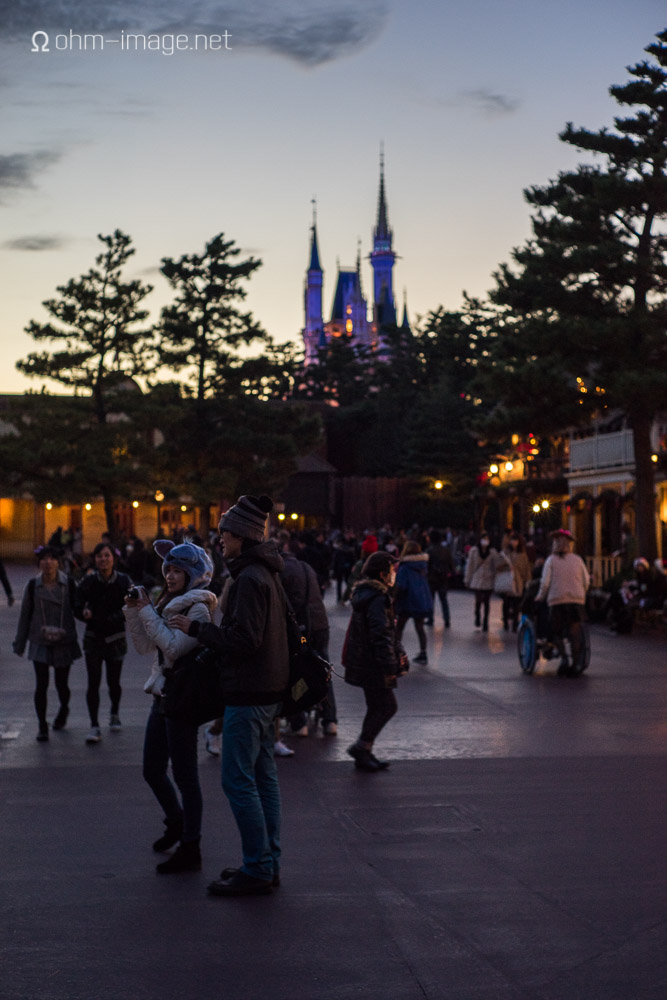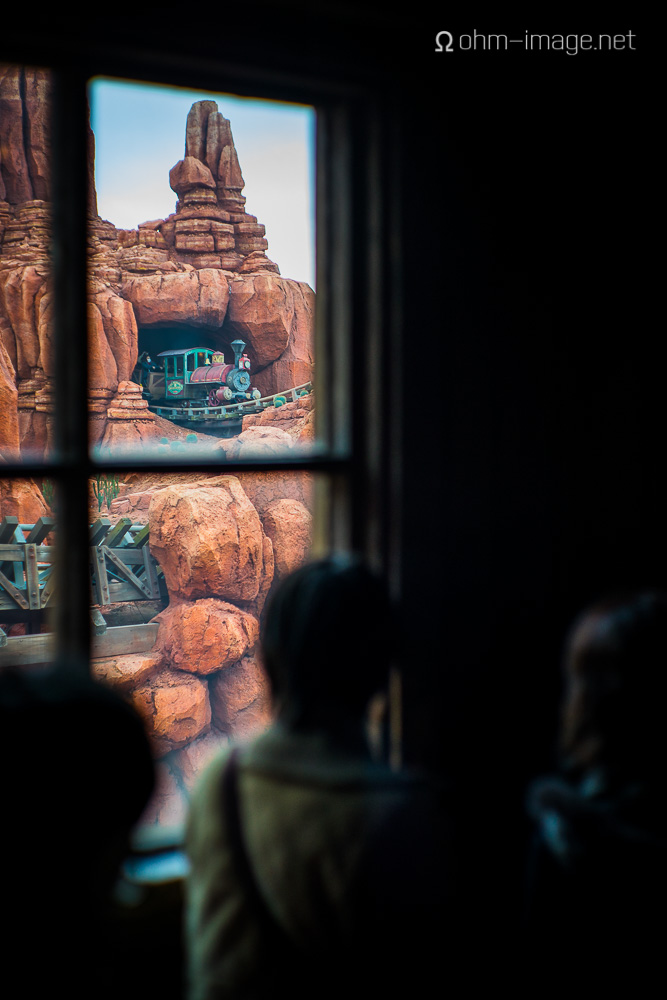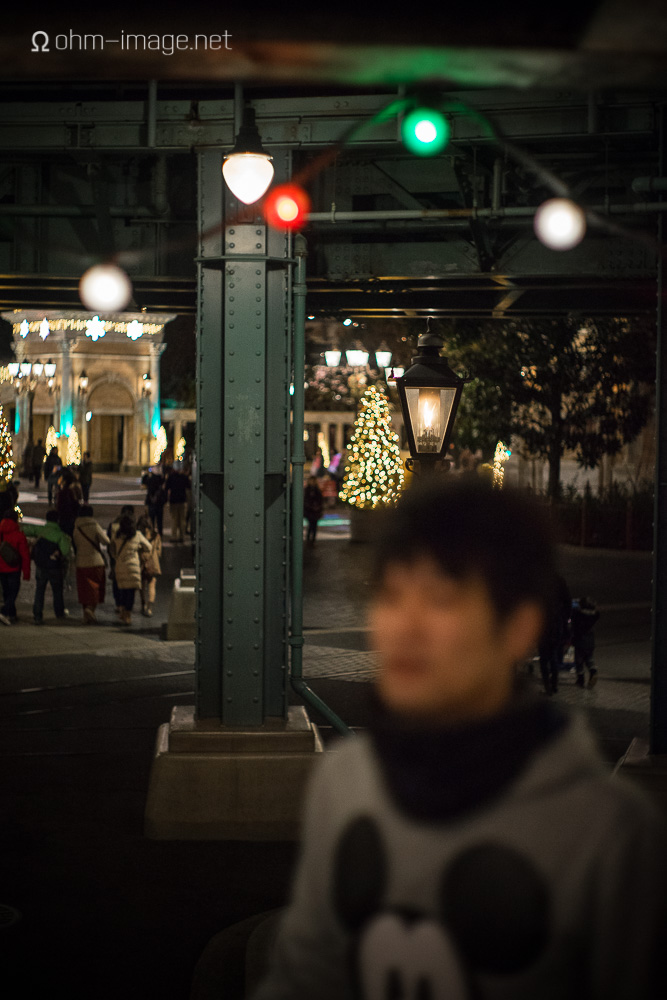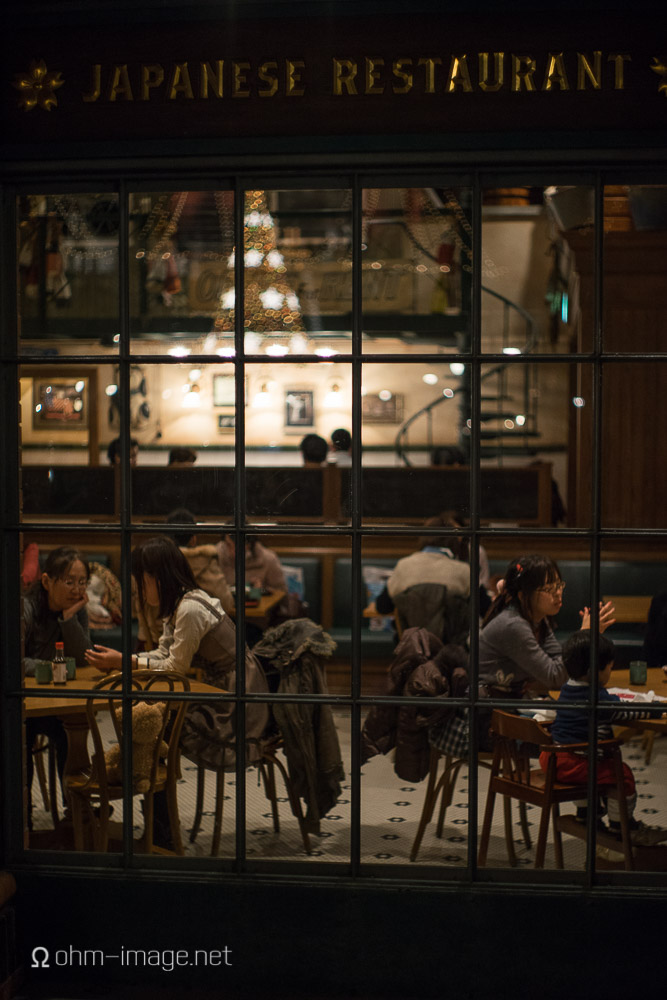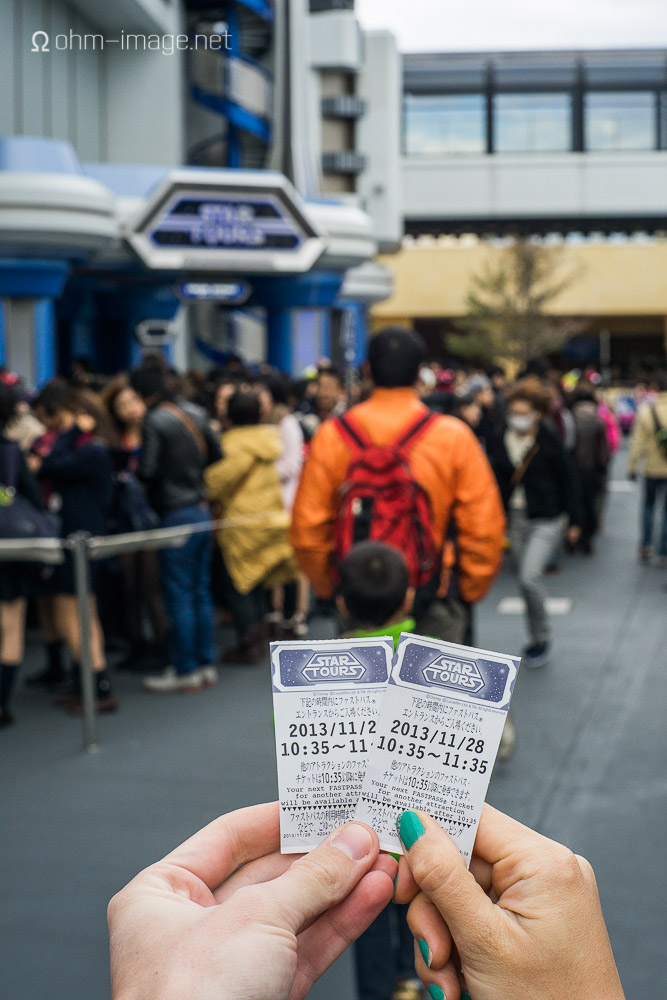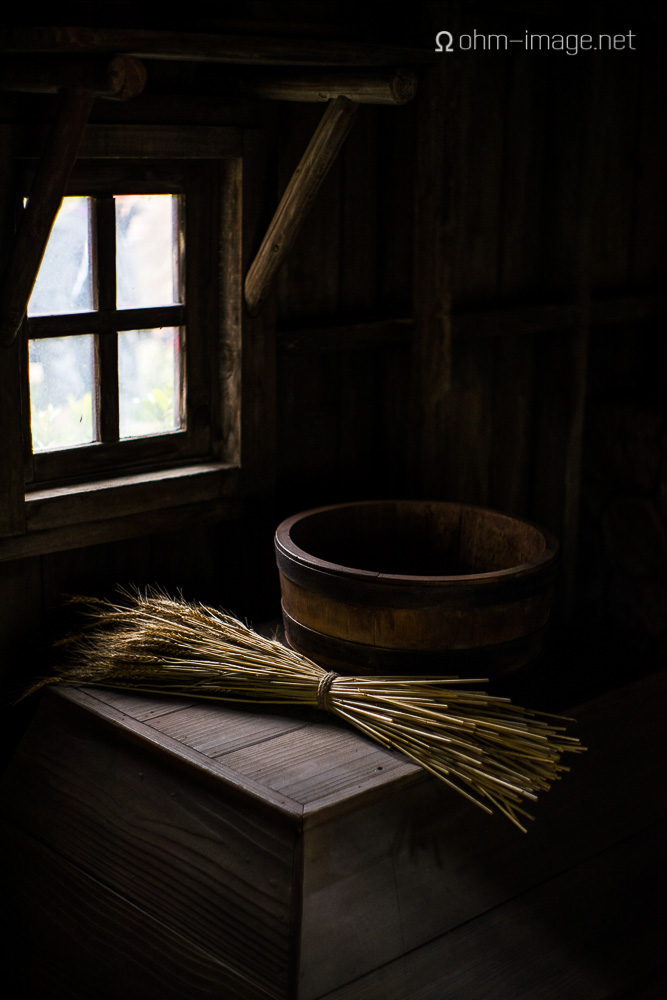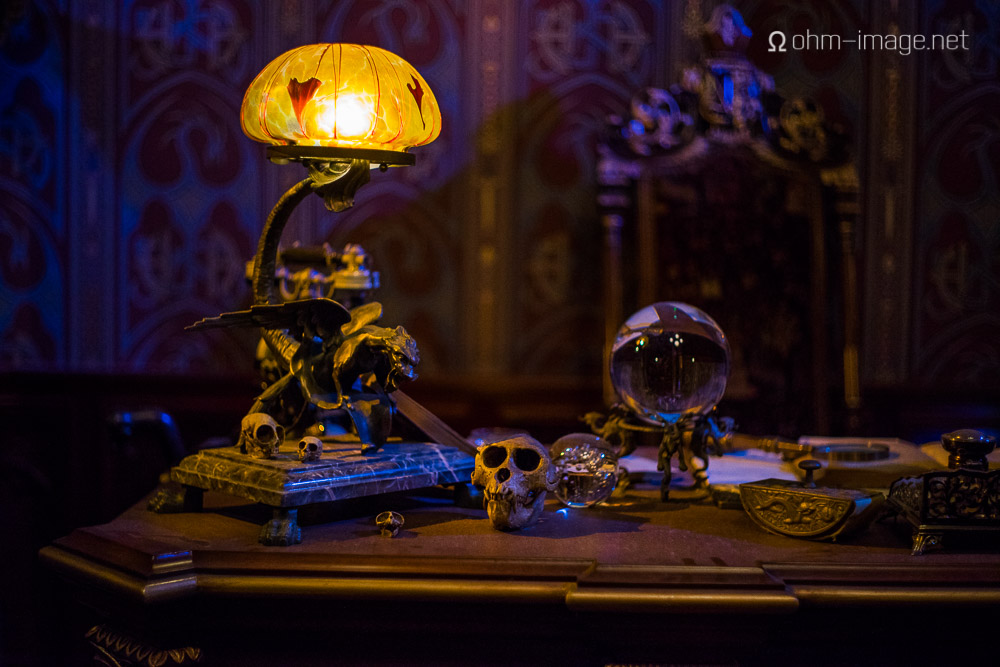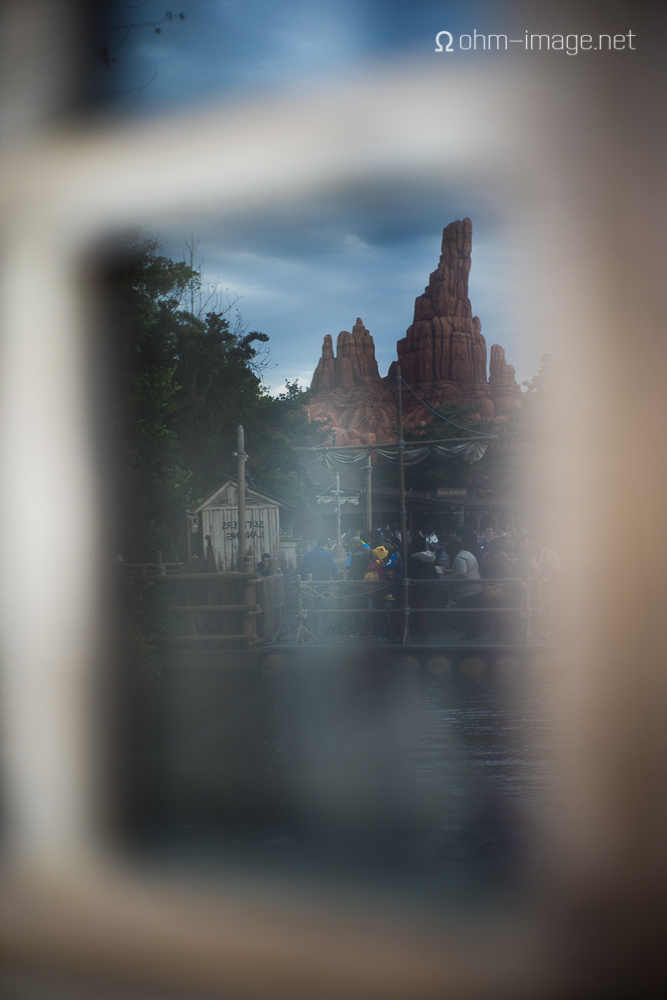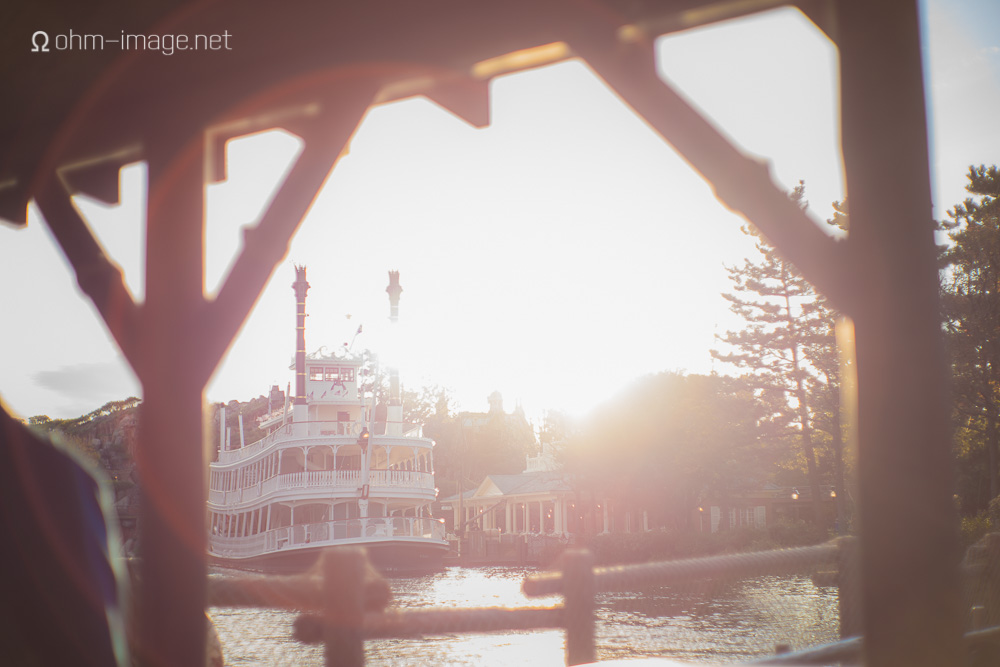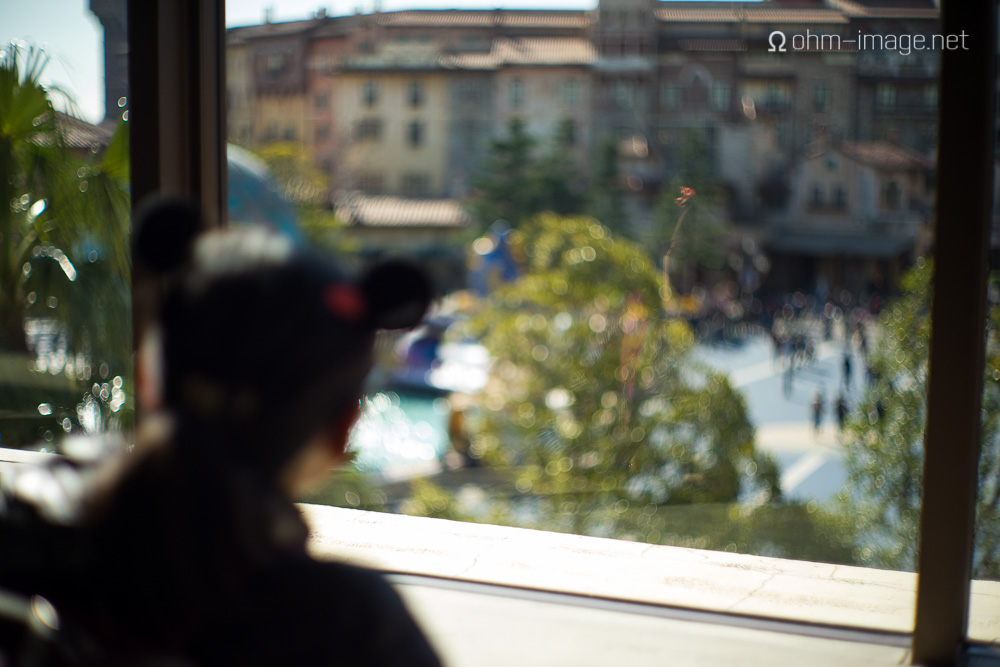Head-Fi administrator, Sean Chean, kindly lent me first, his Leica M9, and second, his M Typ 240. (There's another Typ 240 out there, and it isn't Leica.) Along for the ride came a gaggle of ASPH Summilux lenses. Wonderful all. Sharp all. Well-illuminated all. And put together, the lot was worth north of 25.000$ USD.
Gulp.
Forlorn at the bottom of Sean's bag was the above lens. Why? I think it's because he's a perfectionist. He wants technical superiority. He's not only a nerd, he's a techy of supreme order.
I'm not quite the same. When shooting still life for clients I use the newest Schneider Apo-Digitar and Rodenstock Apo-Sironar Digital lenses. Absolutely everything must be perfect. But when shooting for fun, I want an image worth remembering. I want to experience a thing the way my eyes didn't see it.
My love of fantasy is why I took this lens to Tokyo Disneyland. All photos in this article, the image above excepted, were taken there. Every image, including the above product image, was taken with the Sony A7r.
To date, no lens has given me as much enjoyment as has the pre-ASPH 50mm Summilux-M.
spec
speed: f/1,4
focal length: 50mm; ~75mm on APS-C; ~100mm on m43
mount: Leica M
filter size: e46
aperture blades: 12 straight
weight: ~380g (silver)
ohmage: haptics
The e46 Summilux is another rangefinder lens that follows an SLR design aesthetic. (The other is the brilliant, and tiny Canon 35/2 LTM.) The Summilux-M is a long, heavy tube. Its focus ring is smoothly damped. It is neither too difficult to turn nor too easy. If there was a mechanical space between modern Carl Zeiss ZF lenses and older Nikon AiS lenses, this lens would be it.
Because it is a large 50mm lens, it is easy to lock into the M mount of good adapters and the native M mount.
Sean's Leica M (Typ 240) with the Summilux-M pre-ASPH
ohmage & porridge: ergonomics
Unlike some contemporary Leica lenses, the pre-ASPH Summilux 50mm has a longish focus throw. On an M, that distance feels more precise. On an adapted camera like a Fujifilm X-Pro 1 or a Sony A7r, it is reassuring. It is also slower to focus than some tabbed, short-throw M lenses.
Unfortunately, the silver version, at 380g, is just too heavy. Sean was ready to sell me the lens. I was ready to buy. That is, until I toted it around for a few weeks. As much as I love the images it produces, it is simply too heavy for my taste.
It becomes a nose-heavy lump on the light Sony A7r. On a Leica M, it handles well.
ohmage: TTL free-lensing
Free-lensers will appreciate two specifics of this lens: its length, and the flush rear lens element. The image circle is pretty tight, but small movements work like the Dickens. Corners darken, and macro goes cloudy/flarey easily, but the overall experience is very good.
The SLR-style lens design is easy to grip, especially for free-lens macro photography. Of course, free-lens macro photography only works well on a TTL camera like the Sony A7r, or in front of an SLR mount.
ohmage: build and finish quality
This lens is solid, smooth, and classically built. The focus ring of the new ASPH Summilux is more jumpy, the lens hood more apt to hit weird angles, its aperture ring less poised between clicks. This lens is firmer, smoother, has a solid lens hood, and its helicoids wrack less, hiss less, and damp perfectly into hard stops.
That it feels better in the hand, not to mention looks better (subjectivity alert) is just icing on the christmas cookie. If only the chrome version was lighter.
ohmage & porridge: image quality
On a Sony A7r, individual pixels are keenly visible in the centre of the frame, even wide open. Toward the edge, they are not. I have no idea if that is because of curve of field, or because the lens simply isn't tack sharp in the corners.
But then again, this 50mm Summilux wasn't built for flat fields. It was built to draw in that soft, human way. Just look at that bokeh! Not merely smooth, but artistically flourished. Highlight points pushed toward the edge of the frame take cat-eye shapes. Viny but smooth out-of-foucs structural elements create contrast between spatial elements.
There is nothing quite like it. The tiny Canon 35/2 LTM, itself a copy of the 1950s 35mm Summicron, inherits some of the pre-ASPH 50mm Summilux's flare, but in a harsher, less dreamy way.
Where it fails is in producing quite a lot of linear distortion. Image borders bulge out, and straight lines bend. It is not a lens for the discerning mathematician, or the architect.
Also, it can flare. But nothing that a little contrast editing can't make right. And its flare isn't the white-washing that removes important details of an image.
And here is the bulging distortion
My wife checking something out up there. Probably a duck.
12-pointed sunstars and purple flare bubbles
flare ring and bubbles and that lovely bokeh
Conclusion
Heavy, solid, and dreamy, this is a lens for the artist. Unfortunately, prices have jumped from ~1.000 USD to ~2.000 USD in the last six months. Even well-used copies go for dizzy amounts. But when nothing else will do, there's really no choice is there?
Watch Ω's happy meter for a hint on when I bag a copy.
NOTE: click to advance to the next frame.



